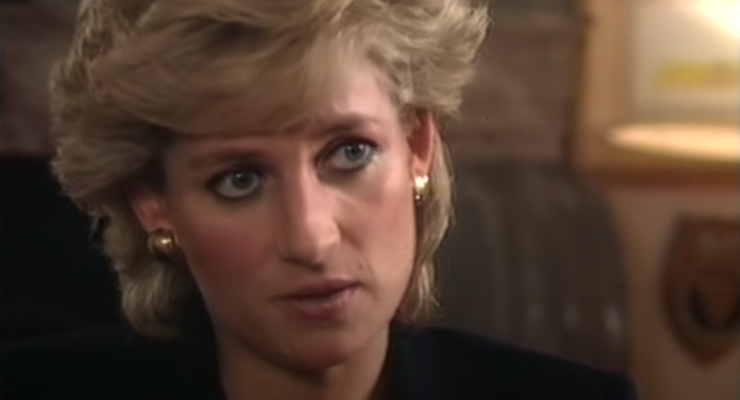
It’s a case of life imitating art. As audiences binge their way through the dramatic portrayal of the Diana years in season four of Netflix’s The Crown, journalists are facing a reckoning with how the chase for her story rotted the media from within.
It was always thought that “quality journalism” stood against British media’s ethical deterioration, but we now have reports of the apparent misleading of the Princess of Wales to score an interview — by the BBC, of all places.
This wasn’t just any interview. The interview, with the BBC’s rising star Martin Bashir, produced the gobsmacking 1995 “there were three of us in this marriage” moment on the broadcaster’s longest-running current affairs program Panorama. The interview broke the royal family’s resistance to divorce, and drove the public backlash when “the people’s princess” died just two years later.
Now, an ITV investigation claims the princess was conned into talking, after she was shown faked documents that suggested someone was paying for surveillance of her. The BBC is now conducting its own inquiry which Diana’s son, Prince William, has welcomed.
The investigation replays Janet Malcolm’s 1990 opening lines in The Journalist and the Murderer. The journalist, she says, “is a kind of confidence man, preying on people’s vanity, ignorance or loneliness, gaining their trust and betraying them without remorse”. It’s been a 30-year sore spot for UK journalists. It provides some comfort knowing it should be an honest con, where both sides know the game.
Australia’s journalistic code of ethics spells out the rule: “Use fair, responsible and honest means to gain material”.
Now, journalists wriggle on the pin of apparently faked documents. Is it justified if we know the princess is playing her own game? Or if we know the fakes reflect a deeper truth? Does the public interest (in both meanings) outweigh the ethical concern?
These are hard questions that won’t go away. They also surfaced last month, as both traditional and social media struggled with how best to report (or not) the allegations of uncertain provenance involving Hunter Biden. The daily trench warfare of the news cycle makes them harder to deal with and easier to dismiss with an “everyone does it” nonchalance.
It was this competition that led to the coarsening of British media in the 1980s with the journalistic equivalent of Gresham’s Law: bad media drives out good.
News Corp mastheads were the driving force. They led a race to the bottom for paparazzi photos and pushed — ultimately breaking through — the boundaries of “fair, responsible and honest” behaviours, ending with the 2010 hacking scandal.
The intensely competitive British “red-top” tabloids followed News Corp on. Packs armed with zoom lenses and TV cameras broke the bounds of privacy and ultimately, in Paris in 1997, the personal safety of the princess. The media pack has now become a film and TV trope (including in The Crown) — a visual metaphor for media harassment and misbehaviour.
The shift was partly driven by technology. Newspaper photo reproduction processes were upgraded and then adapted for full colour. It was part de-unionisation, which hamstrung the collective power of unions on Fleet Street to act as a brake on degrading market imperatives.
Led by The Sun, the British tabloid style shifted from fun to nasty. It evolved from a relatively good natured “punch up” approach of the 1970s, to a more vicious outrage matched with a misogynistic “punch down” ethos in the 1980s. The Murdochs’ notorious contempt for the old British elites — including the Royal Family — made them fair game.
Into the middle of that fell a story too good to be true: Diana.
News Corp weaponised the style for politics and brought it back home. It put together a chain of metropolitan tabloids out of its 1987 takeover of the Herald & Weekly Times, then adapted the style for television in US Fox News in the 1990s and for broadsheets like The Australian in the 2000s.
The “serious” news media turned up their nose, with a “we’re not like that” dismissal. But the exposure of the fakery behind the 1995 Panorama interview suggests they’re maybe not as different as they’d like.








An excellent article in my view. Perceptive, fact-based and hopefully will be widely read.
So much of the media is scrambling to be noticed by being controversial and simplistic as they take an entrenched position.
We are being betrayed as consumers.
Those who seek information to allow them to make up their own minds sadly cannot. The Murdoch influence world-wise has been (and still is) truly tragic.
Still struggle to understand NewsCorp’s seeming support of (imaginary) ‘conservative values’ in the UK, and elsewhere, yet willing and able to attack icons of conservatism simultaneously?
Great piece. Thanks.